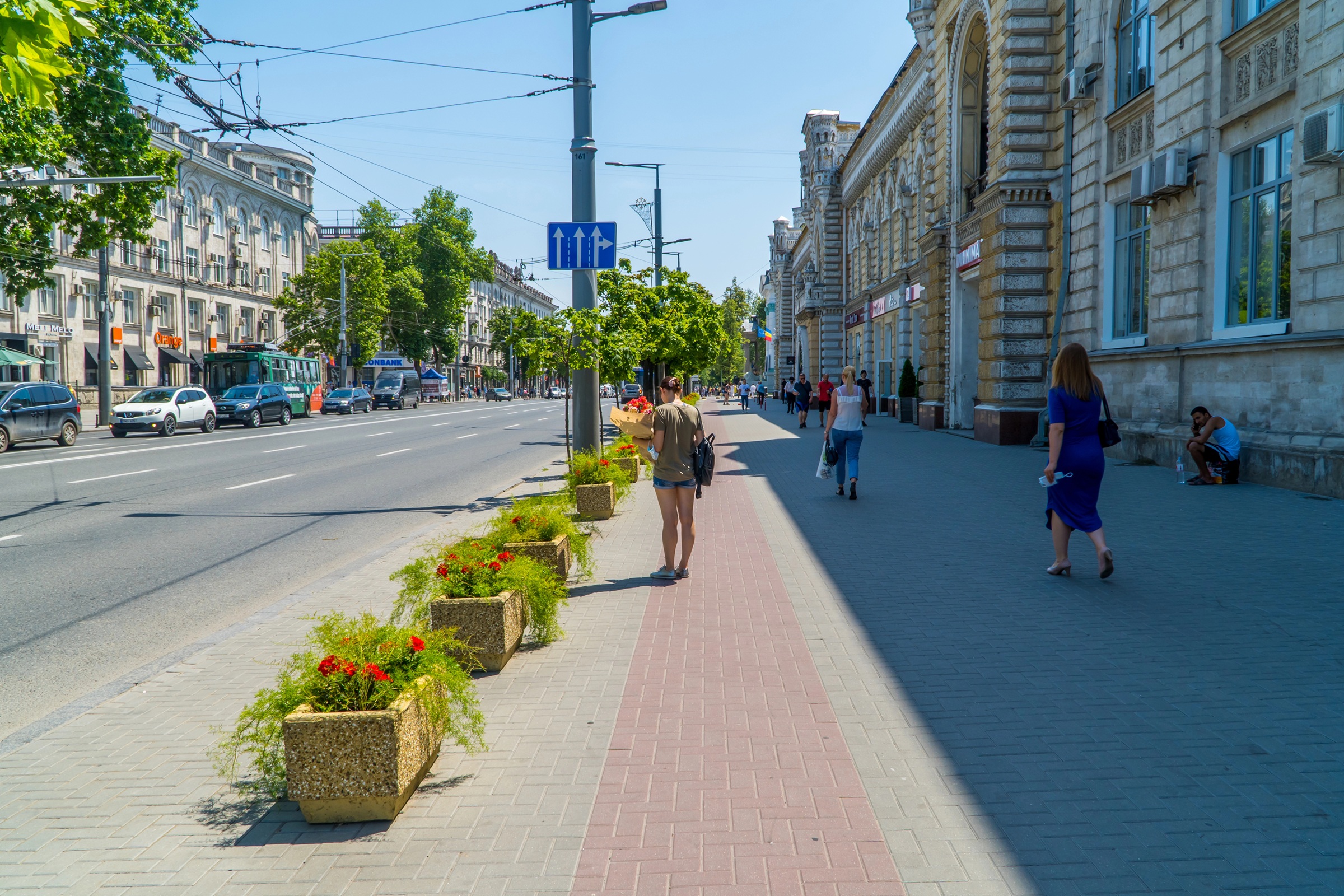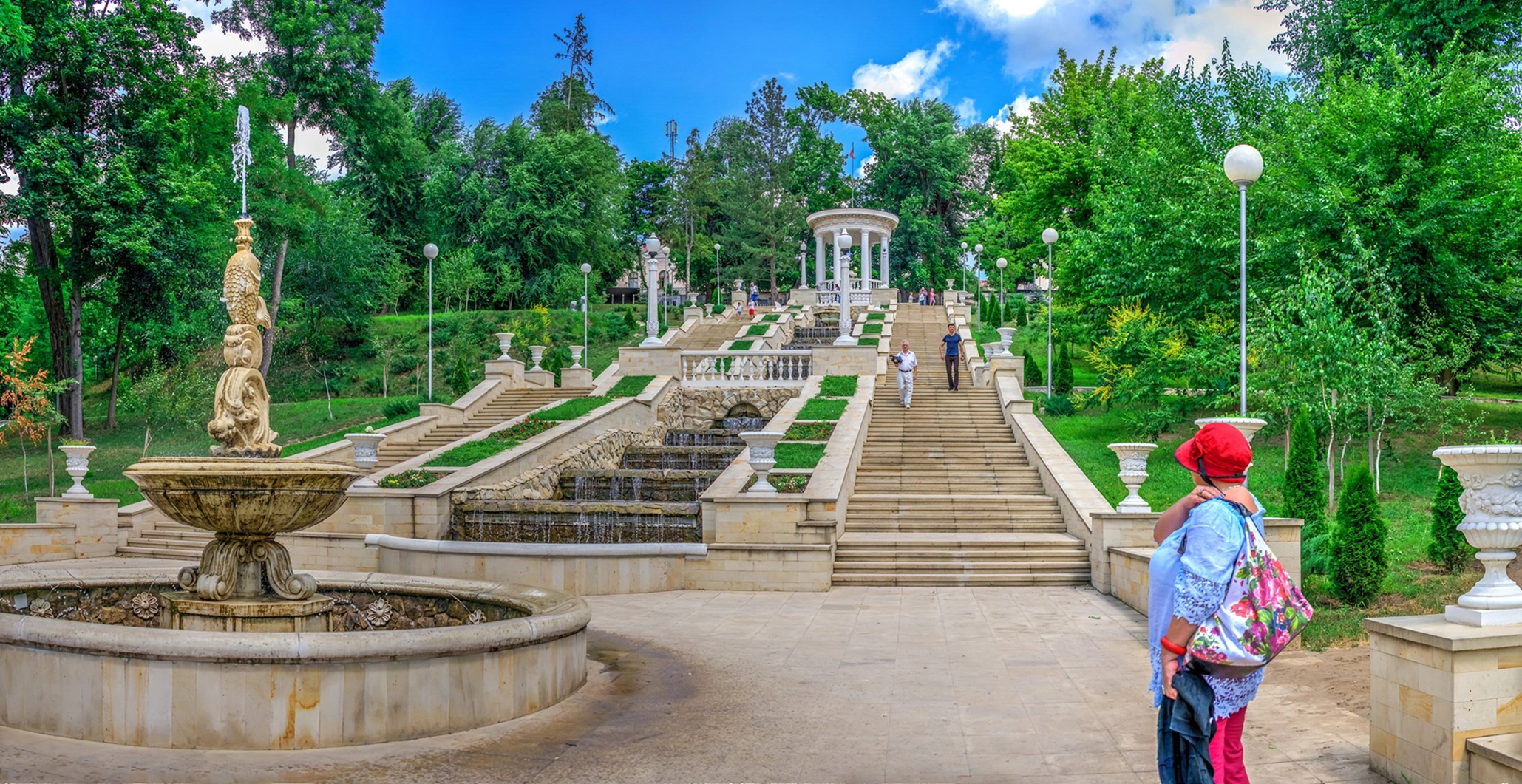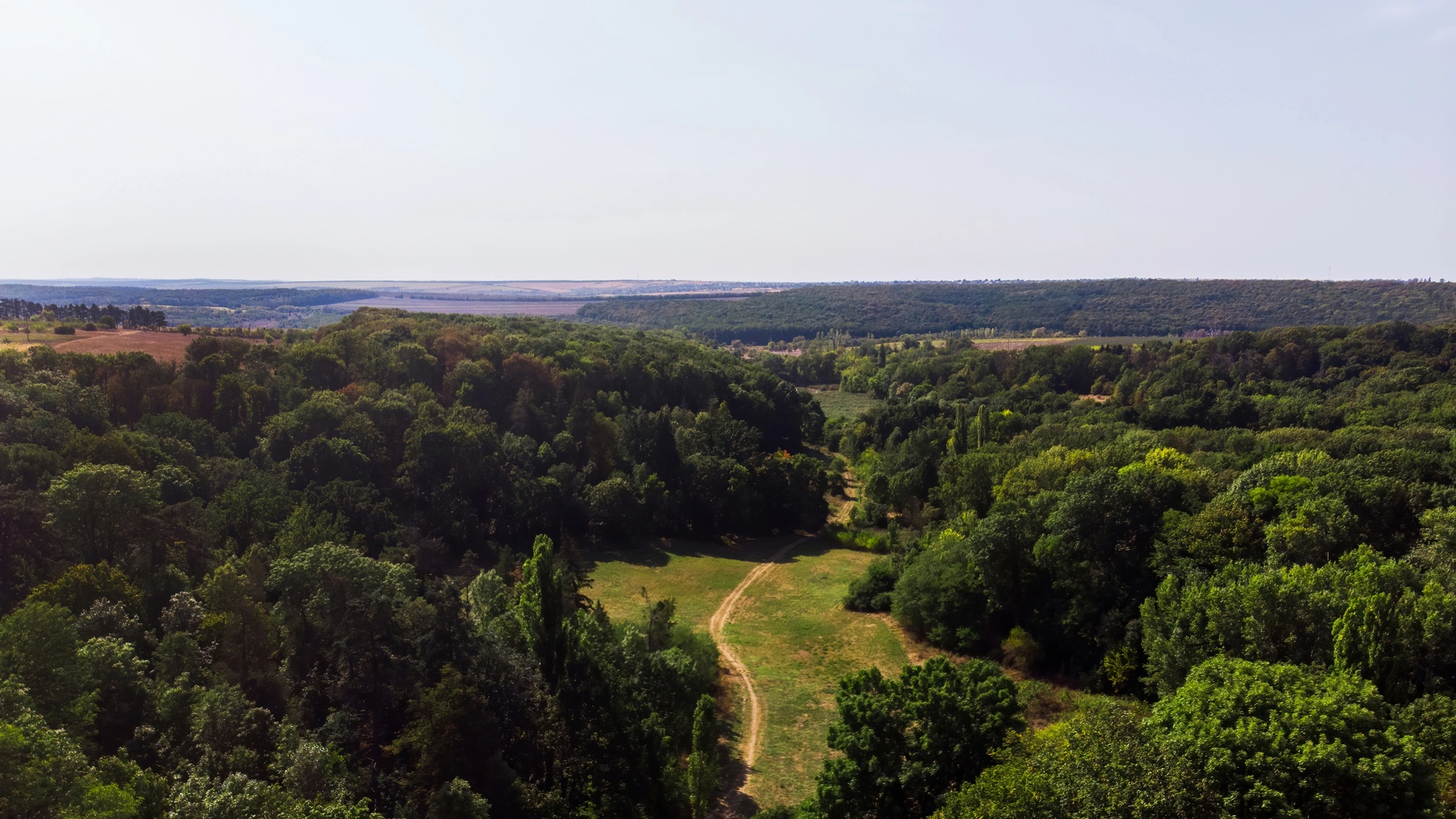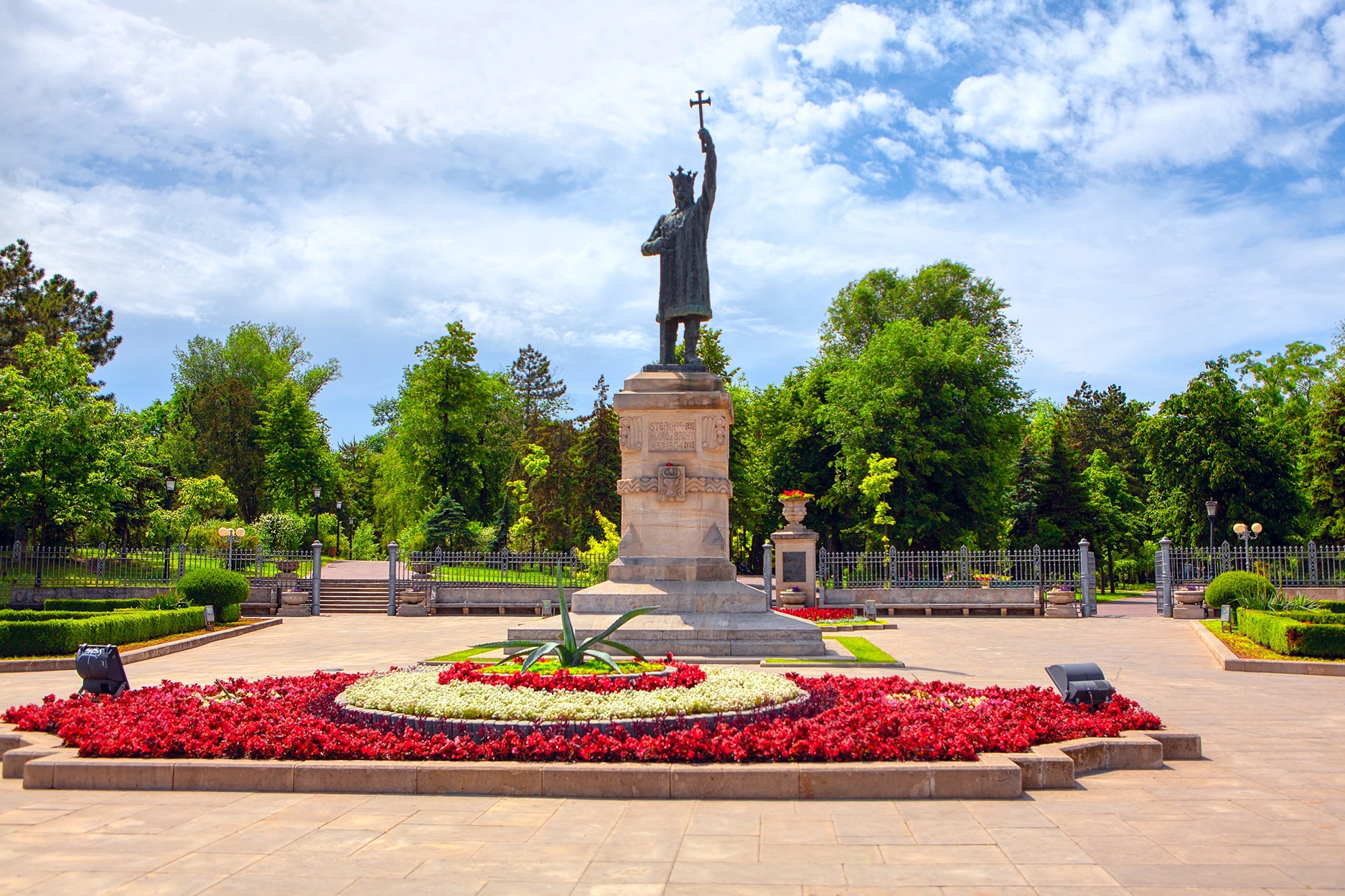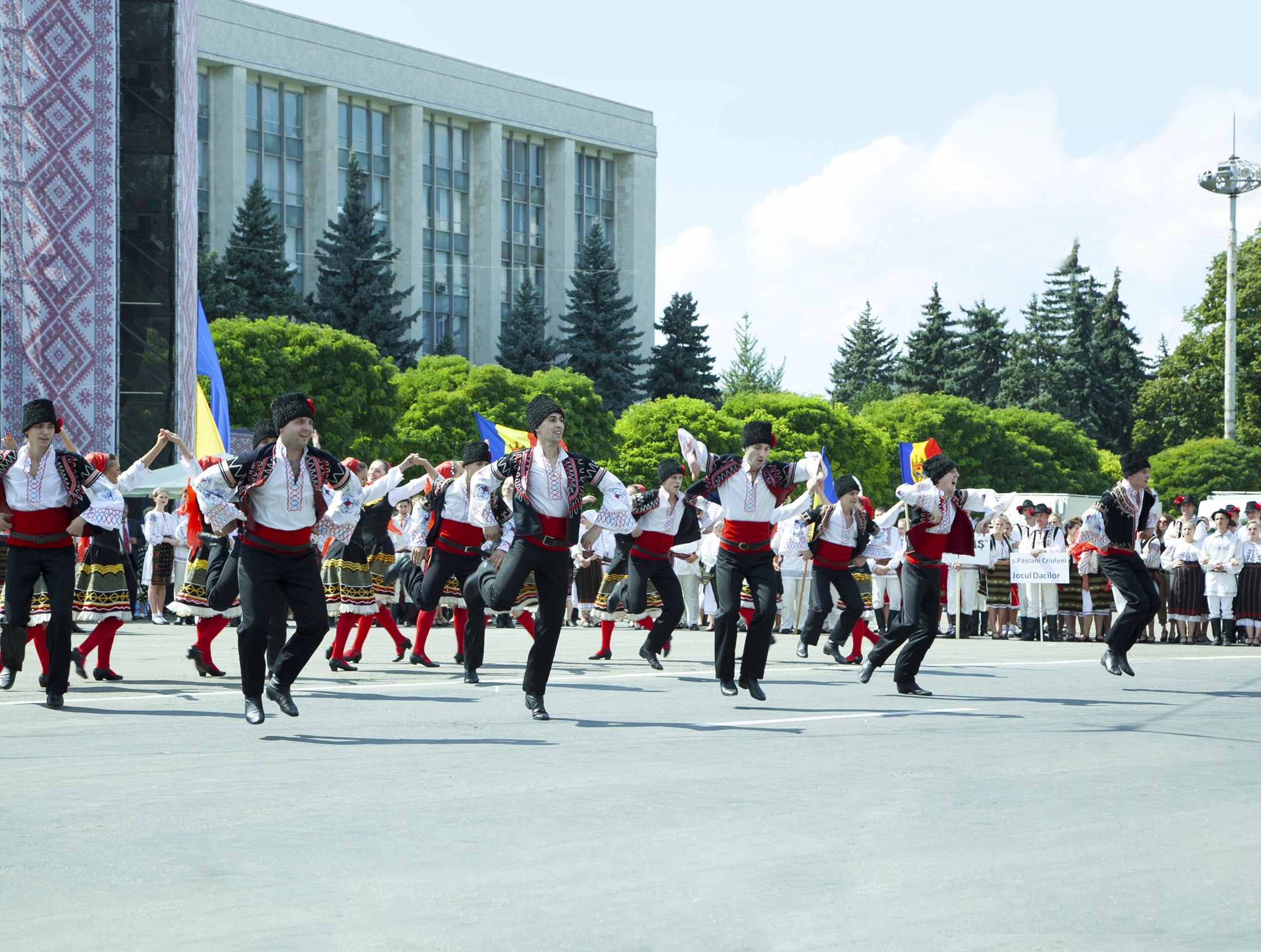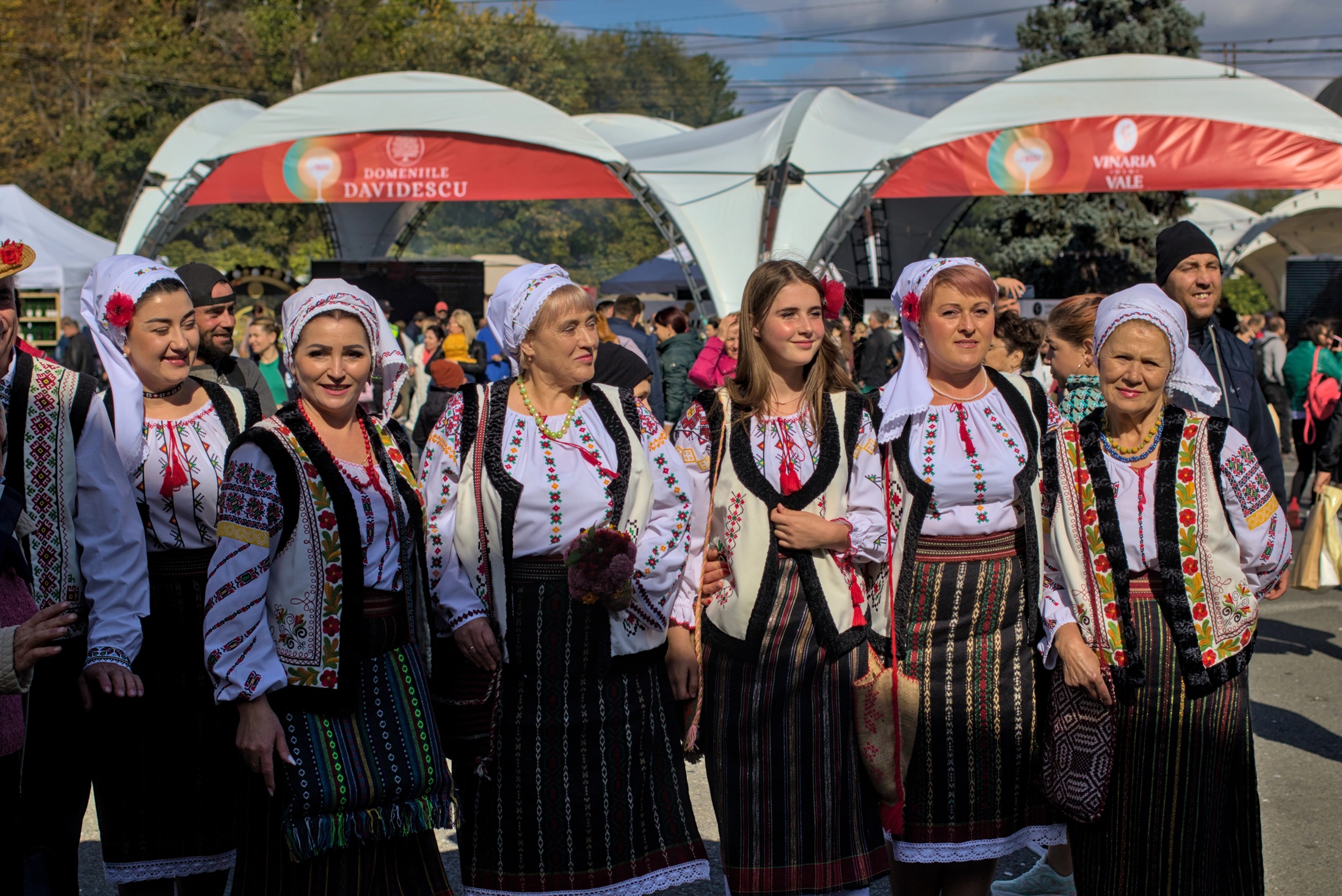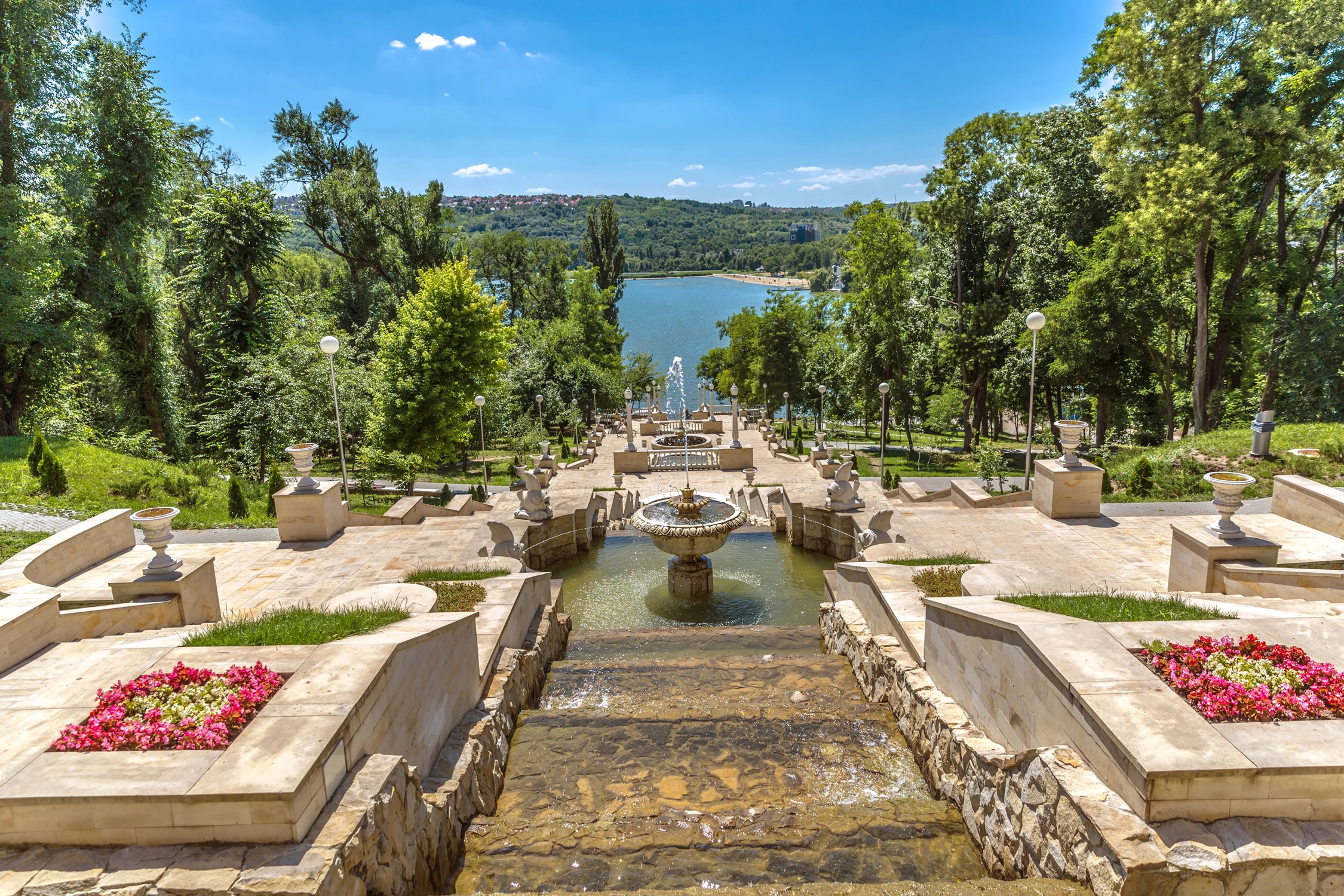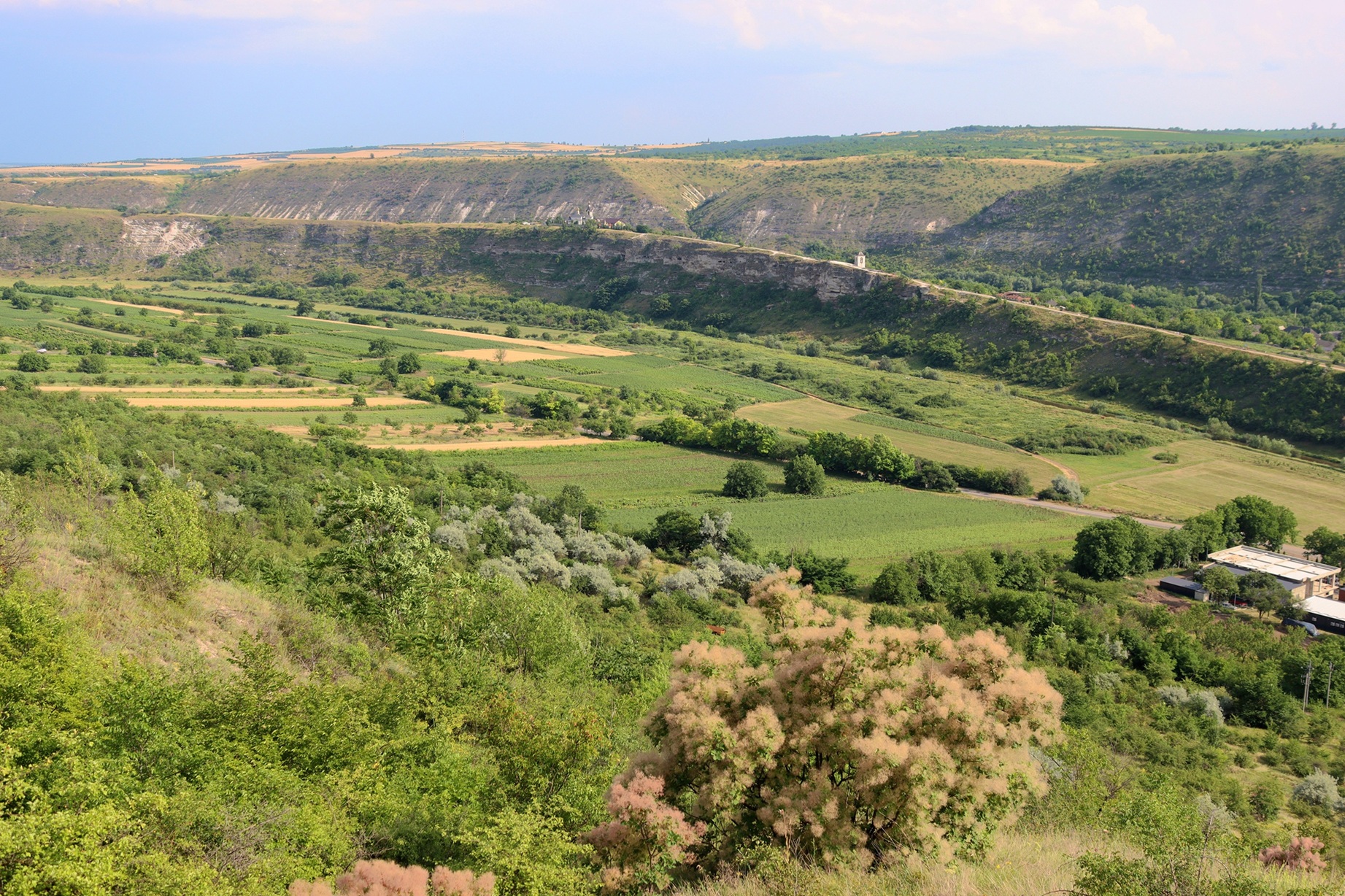Taste the Moldovan cuisine
If you enjoy hearty, homemade meals and authentic flavors, you’ll feel right at home in Moldova. Moldovan cuisine is a warm mix of Eastern European influences, full of comfort food made with local, seasonal ingredients. One typical dish you’ll find almost everywhere is mămăligă – a traditional cornmeal porridge often served with soft sheep cheese and sour cream. It’s simple, but surprisingly tasty and very filling – especially after a day outdoors or during a wine tour.
Another must-try dish is sarmale. These stuffed cabbage rolls, seasoned with herbs and filled with a mix of rice and minced meat, are often slowly cooked in tomato sauce. They’re usually served during holidays, family gatherings, or as part of a traditional Moldovan dinner. You’ll also come across placinta – a beloved classic. These savory (or sometimes sweet) pastries are either baked or fried and filled with cheese, potato, pumpkin, or apple. Served warm, they’re a popular snack or light lunch.
Try local wines
All of these dishes, of course, go best with a good glass of Moldovan wine. The local wines range from fresh whites to bold reds and pair perfectly with the country’s rich cuisine. Moldovan brandy, known locally as divin, is also worth trying – especially after a good meal or as a warming nightcap on a chilly evening.
Dining in Moldova is about more than just food: it’s a social experience centered on hospitality, tradition, and taking your time to enjoy.
Why travel to Moldova now?
Moldova is one of those rare European destinations where you still feel like a true explorer. At a time when many places are flooded with tourists and every corner feels planned out, Moldova offers the opposite: peace, space, and authenticity. It’s not a country that overwhelms you with flashy attractions. Instead, it reveals itself slowly – in a spontaneous chat with a winemaker, in a quiet monastery on a hilltop, or during a walk through a sleepy village where time seems to stand still.
Precisely because Moldova is still relatively unknown, you can enjoy unique and unfiltered experiences. You won’t be surrounded by crowds of tourists – instead, you’ll be greeted with genuine curiosity and warm hospitality. There are no scripted tours or artificial experiences here; what you see is real. And that’s what makes traveling in Moldova so special. It’s a perfect destination for adventurous travelers who enjoy going off the beaten path, for lovers of slow travel who want to really connect with nature and culture, and for anyone seeking a place that hasn’t been polished for social media.
Growing as a tourist destination
At the same time, Moldova is developing rapidly. The infrastructure is improving, and more charming accommodations and small-scale initiatives in ecotourism, wine experiences, and cultural exchange are emerging. And yet, the country has managed to preserve its character: honest, pure, and untouched. Traveling in Moldova feels like going back to the essence of travel – discovering, connecting, and being genuinely surprised.
Those who travel to Moldova now are witnessing a country in transition. You’re not just a visitor; you become part of a story that’s still unfolding. And that makes it not just a destination, but an experience that stays with you. So if you’re looking for something new, something real, and something you won’t have to share with the masses — now is the perfect time to discover Moldova.
